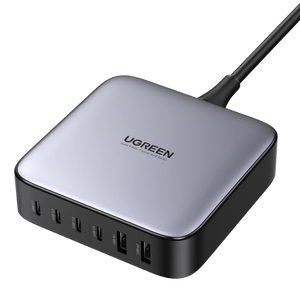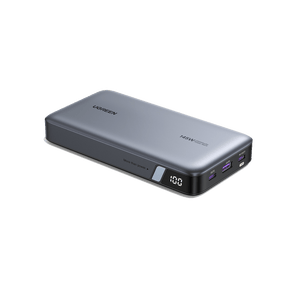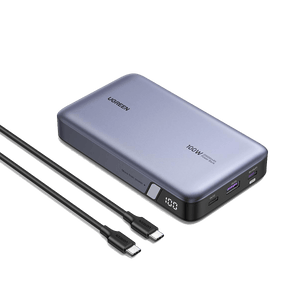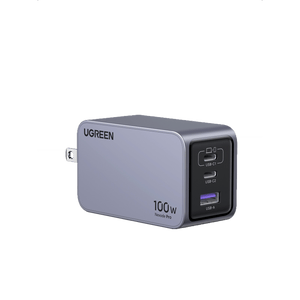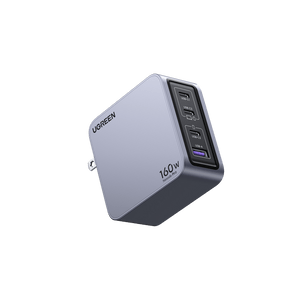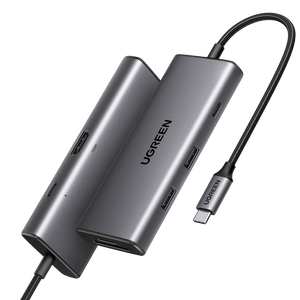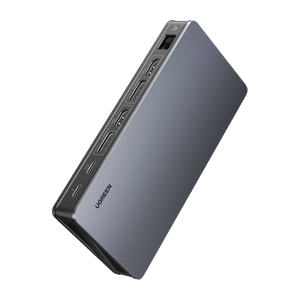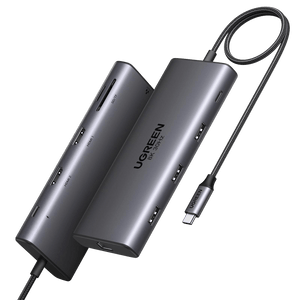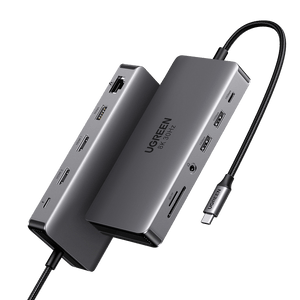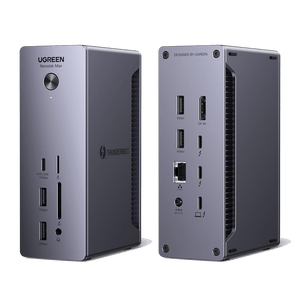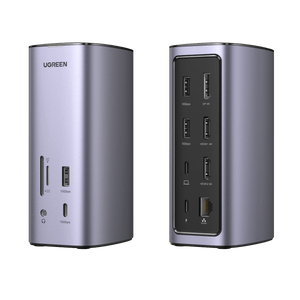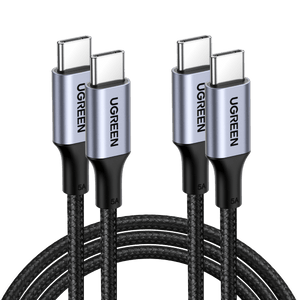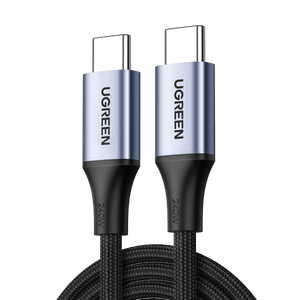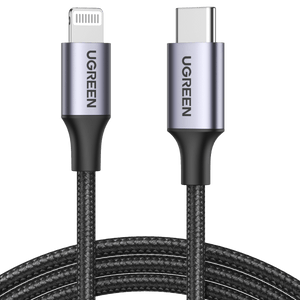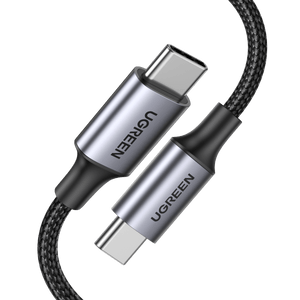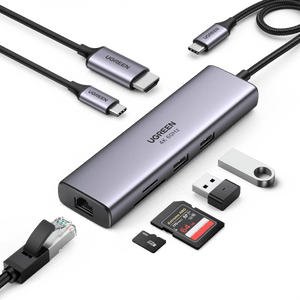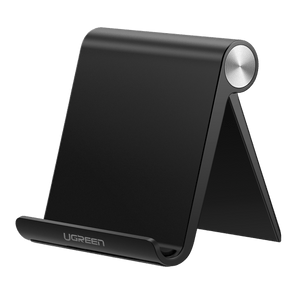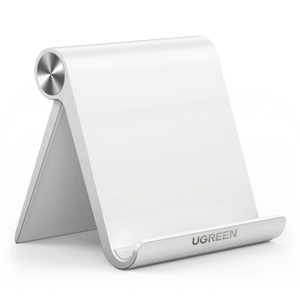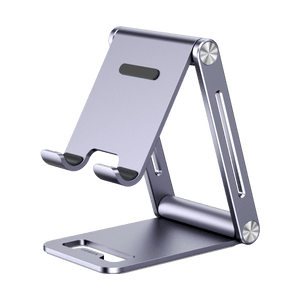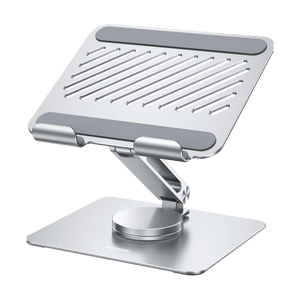Cables
UGREEN USB C to USB C Cable 100W PD Fast Charging
UGREEN USB C to Lightning Audio Adapter
UGREEN Lightning to 3.5mm Male Aux Cable
UGREEN VESA Certified 8K DisplayPort Cable
Uncompromising Quality and Safety
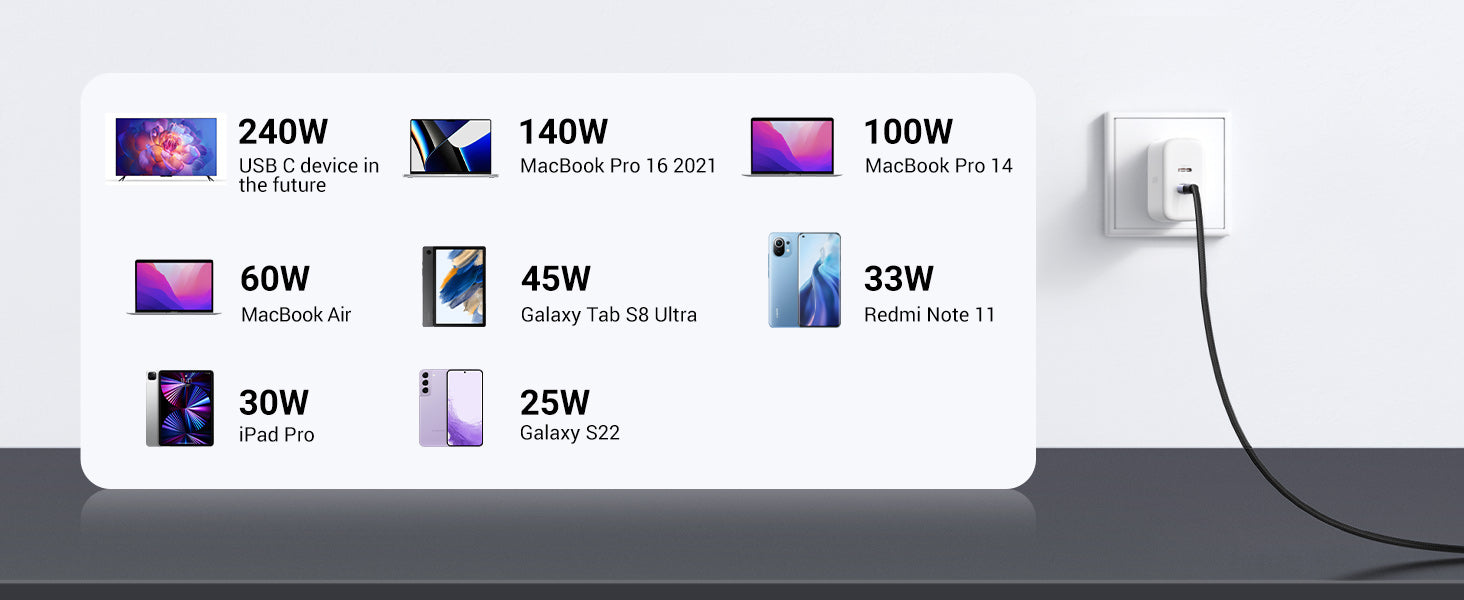
Innovation for Seamless Connectivity
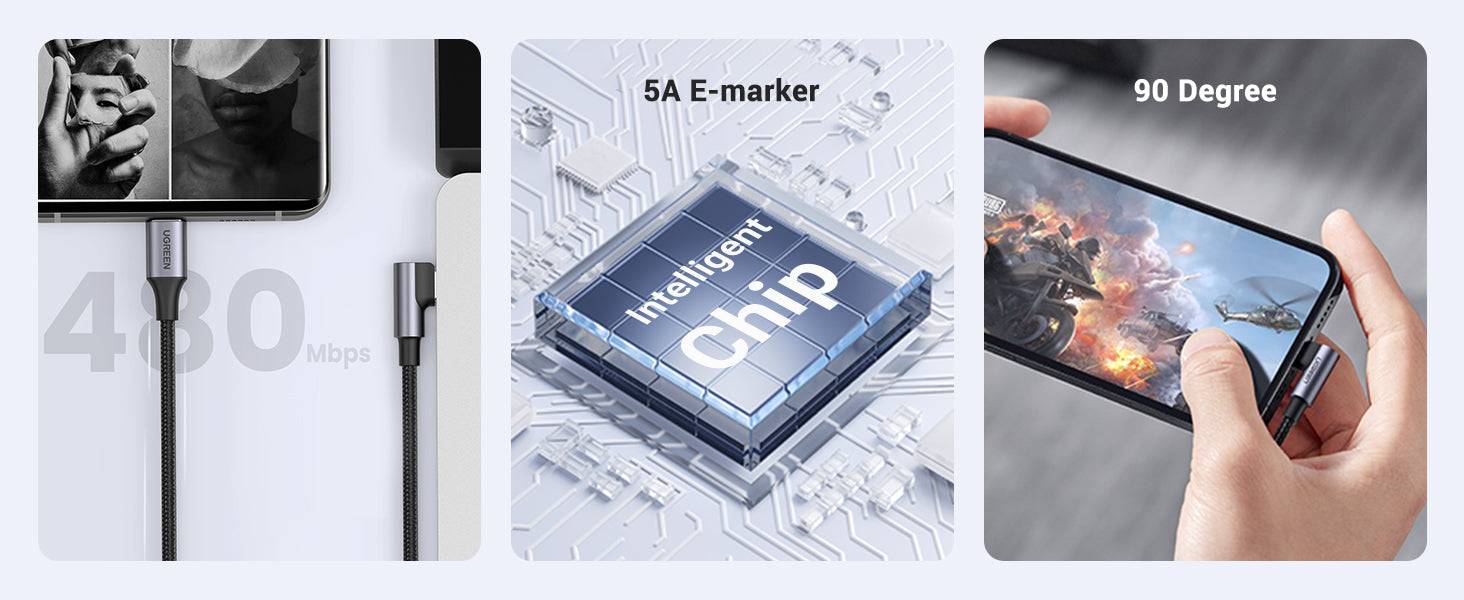
Power Up Your Life
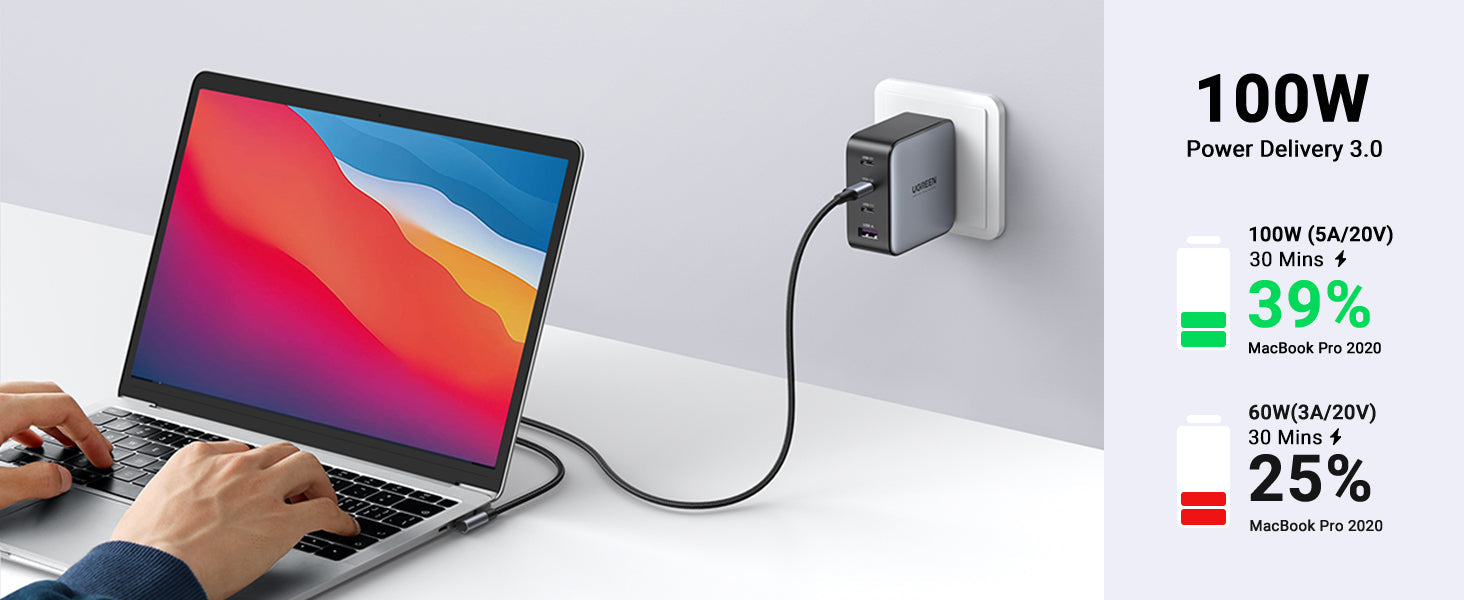
FAQ
How to recognize the type of USB cable?
To identify the type of USB cable, look at the shape and color of the connector. Common types include USB-A, USB-B, USB-C, and Mini-USB. USB-A connectors are rectangular, while USB-B connectors are square. USB-C connectors are oval and reversible. In addition, USB 3.0 cables usually have blue plastic inside the connector, while USB 2.0 cables usually have black or white plastic. You can also check out: Guide to the Types of USB Cables to learn more about USB!
What is the difference between a USB charging cable and a data cable?
A USB charging cable is designed primarily for delivering power to devices, while a data cable can transfer both power and data. Most modern cables support both functions, although some older or specialized cables may only facilitate data transfer. For example, some USB-B cables may only support data transfer without offering power delivery.
What USB cable can transfer files?
To test the quality of your USB cable, you can perform several checks:
- Data Transfer Speed: Connect your devices and transfer a large file to see how quickly it transfers. Compare this speed to the expected rates for your cable type (e.g., USB 2.0 vs. USB 3.0).
- Charging Speed: Use a device with known charging times to see if your cable charges it within that timeframe.
- Physical Inspection: Check for any visible damage, fraying, or loose connectors.
- Compatibility: Ensure the cable works with multiple devices without issues; a good quality cable should function seamlessly across various platforms.
How do I test the quality of my USB cable?
To test the quality of your USB cable, you can perform several checks:
Data Transfer Speed: Connect your devices and transfer a large file to see how quickly it transfers. Compare this speed to the expected rates for your cable type (e.g., USB 2.0 vs. USB 3.0).
Charging Speed: Use a device with known charging times to see if your cable charges it within that timeframe.
Physical Inspection: Check for any visible damage, fraying, or loose connectors.
Compatibility: Ensure the cable works with multiple devices without issues; a good quality cable should function seamlessly across various platforms.







